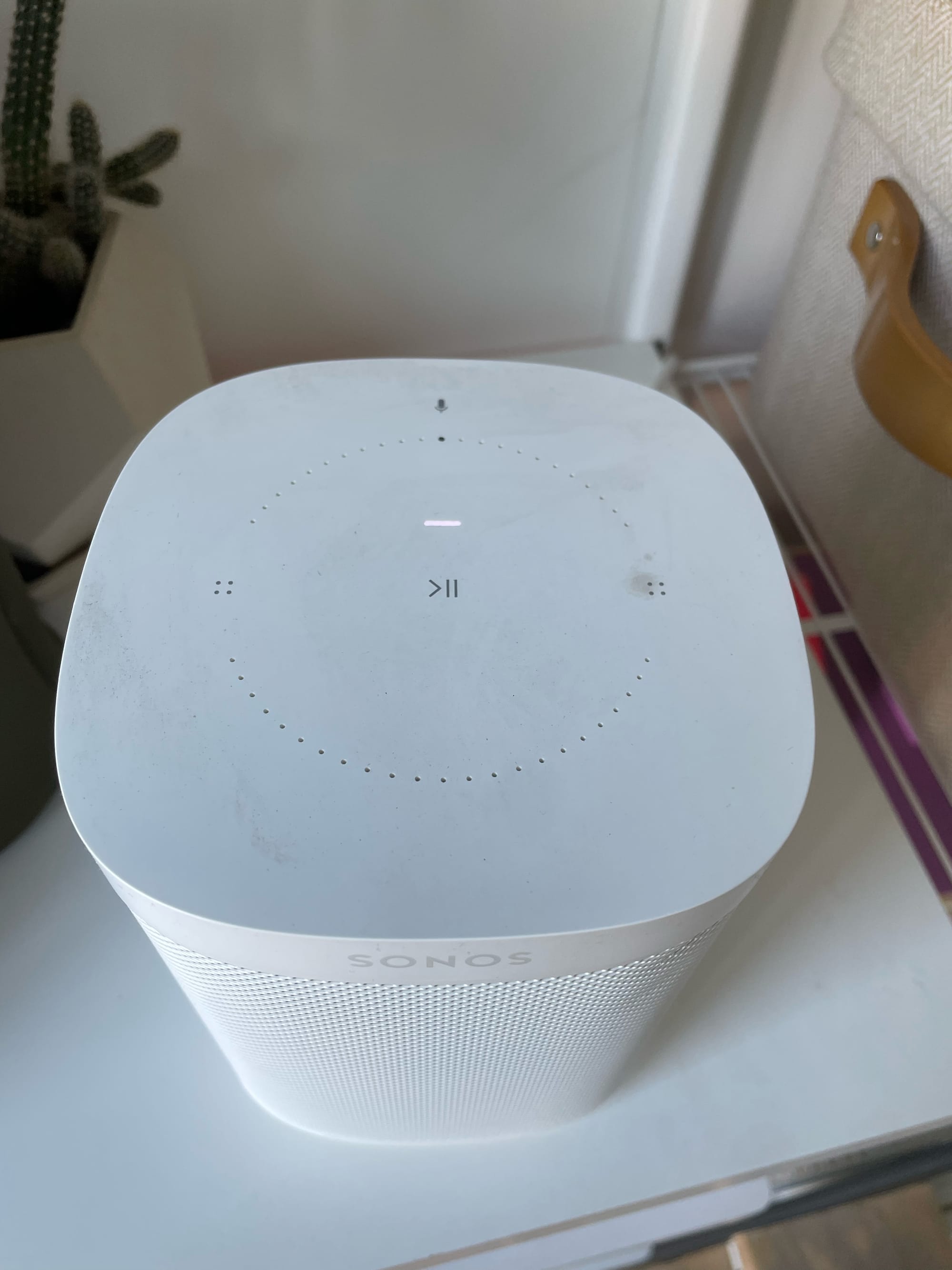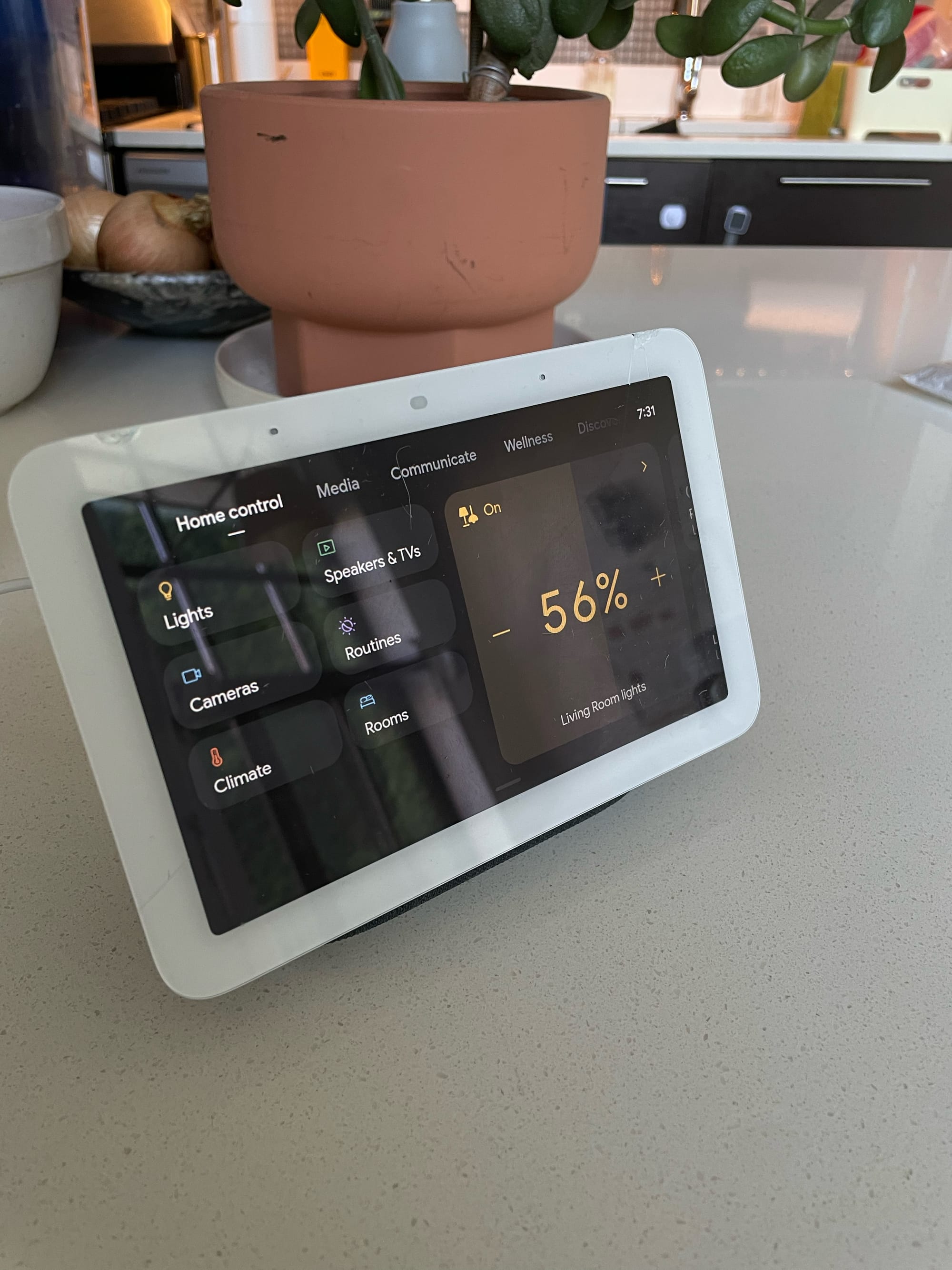I wrote previously about the challenges that Home Automation faces, but the biggest one by far is the voice assistant as the primary interface.
My household could not get their heads around voice commands. I also learned that voice commands just aren’t something I want to be doing when it’s early in the morning or when my daughter is asleep.

They require memory
When a new user tries to use a voice command there’s immediately an issue of trying to figure out what commands you can use. Sometimes they’ll just try phrases out, which often won’t yield the desired effect. After that, the person would need to look those commands up and remember them over time. This is particularly difficult if they’re not interfacing with the assistant with high frequency.
No feedback
Even if you remember the actual commands, it’s not always clear what the voice assistant is doing, or what it registered. There’s no actual feedback. Sometimes the voice assistant will repeat back a portion of what you said, but that can get really annoying fast.
Not appropriate for all situations
After years of using Alexa and then Google Home, I’ve learned that there are times I don’t want to use voice to control things. Maybe it’s early in the morning and I’m enjoying the silence of my three year old sleeping. Maybe my three year old is napping and I don’t want to wake her up by speaking.
Socially awkward / intimidating
Some people just aren’t comfortable speaking to a computer. They feel weird, they sound weird, they don’t know what tone to take.
In my experience, I’ve found voice assistants to respond better to what best can be described as “stern” commands. But in my household, we wouldn’t speak to another person like that, and we don’t necessarily want our child to learn to speak that way.
This may seem like a small one, but this awkward feeling makes people like voice assistants even less.
Asking too much of voice
Ultimately, most people are using voice assistants to control smart homes, and smart homes are complicated.
People need to know what you named the rooms in your house, and what you named the individual devices. They also need to know what actions those devices can perform; on, off, dim, increase volume, etc. Voice commands are passable for simple things, smart homes are the opposite of simple.
Privacy
Nobody wants big tech listening to their most private conversations. People joke about being targeted by an advertisement shortly after having discussed a physical product, but long term no one wants to live in that world. Sure you can have local only voice assistants, but those are rare for the moment.
Who do voice assistants work for?
Single people that are tech savvy.
In a very unscientific poll of my friends to see who thinks voice assistants are great, that’s the demographic who loves them.
People who don’t need other users in a household to be able to interact with the devices. People who set everything up themselves, so they know what to call every device. This is just too narrow of a group of people for voice assistants to be universal.
So what’s the alternative?
In my home automation laboratory testing, I’ve found two alternatives that answer some of the issues above.
1) Physical buttons
Yep, light switches work and people are really comfortable using them. I’m not suggesting that people consider dumb light switches. I’ve had a great experience putting in Hue Tap Dials and Hue dimmer switches. It’s a UI that almost everyone understands immediately.
2) Screens
Yep, a screen to work in conjunction with your voice assistant. I’ve chosen to use a Google Home Hub, and it’s great. You see your voice commands written up on the screen as you’re saying them, so you can see what went wrong. You can also see what the device actually is trying to do with that command. You can also just click the screen and select the device manually when you don’t want to speak to it.

3) Automation
The last option is that your smart home should just know what you want and do those things for you. Things like motion and presence sensors along with some savvy configuring can make the experience feel like magic. In this Smart Home Solver video, you see how he’s setup dashboards that are smarter and only show users the devices they want to see when they want to see them.
So there you have it, I needed to vent about voice assistants. It’s been a long time coming. Sure voice assistants have a time and a place, but in the smart home of the future I think we’ll have more choices for how to interact with the home.